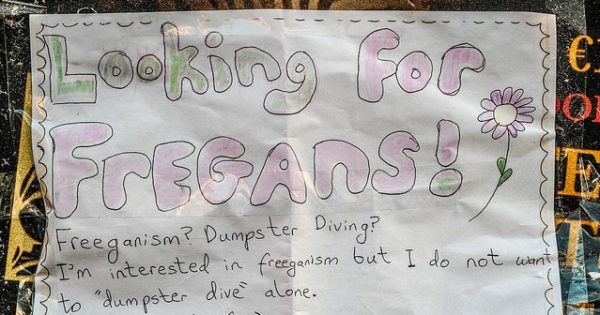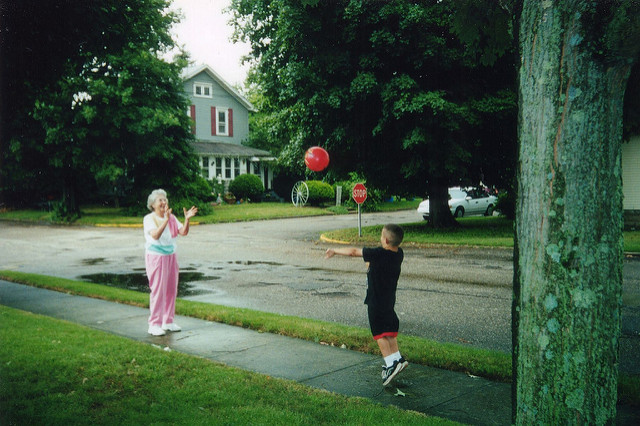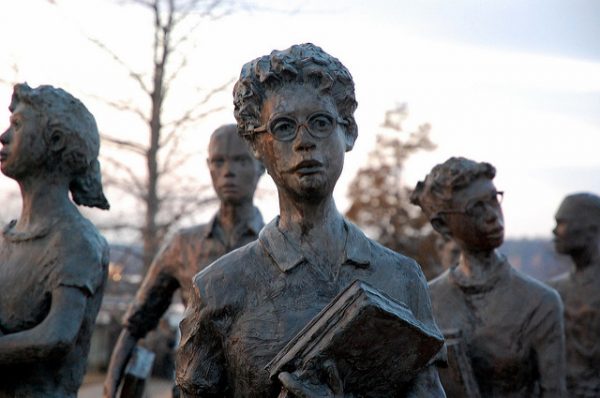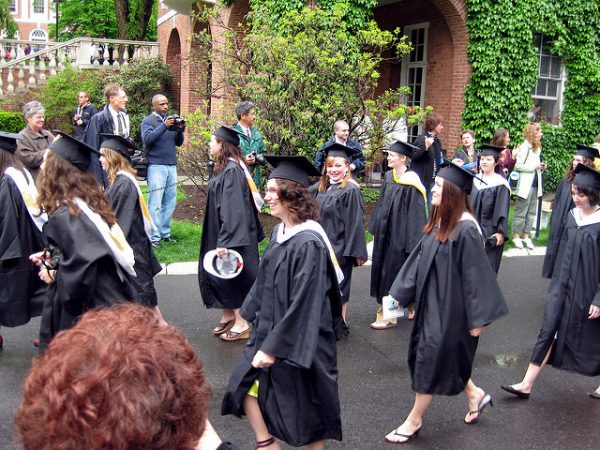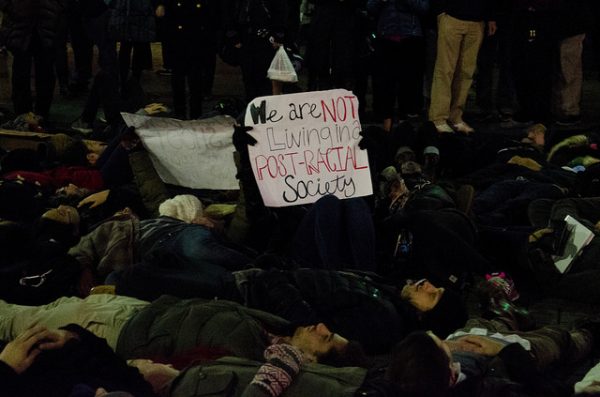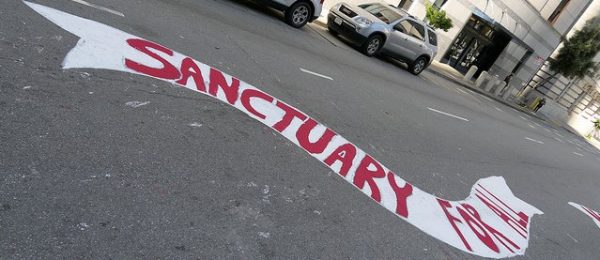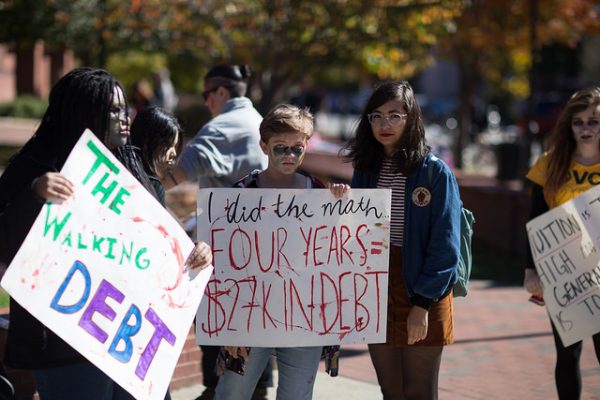
Many different factors go into deciding your college major — your school, your skills, and your social network can all influence what field of study you choose. This is an important decision, as social scientists have shown it has consequences well into the life course — not only do college majors vary widely in terms of earnings across the life course, but income gaps between fields are often larger than gaps between those with college degrees and those without them. Natasha Quadlin finds that this gap is in many ways due to differences in funding at the start of college that determine which majors students choose.
Quadlin draws on data from the Postsecondary Transcript Study, a collection of over 700 college transcripts from students who were enrolled in postsecondary education in 2012. Focusing on students’ declared major during their freshman year, Quadlin analyzes the relationship between the source of funding a student gets — loans, grants, or family funds — and the type of major the student initially chooses — applied versus academic and STEM versus non-STEM. She finds that students who pay for college with loans are more likely to major in applied non-STEM fields, such as business and nursing, and they are less likely to be undeclared. However, students whose funding comes primarily from grants or family members are more likely to choose academic majors like sociology or English and STEM majors like biology or computer science.
In other words, low- and middle-income students with significant amounts of loan debt are likely to choose “practical” applied majors that more quickly result in full-time employment. Conversely, students with grants and financially supportive parents, regardless of class, are more likely to choose what are considered riskier academic and STEM tracks that are more challenging and take longer to turn into a job. Since middle- to upper-class students are more likely to get family assistance and merit-based grants, this means that less advantaged students are most likely to rely on loans. The problem, Quadlin explains, is that applied non-STEM majors have relatively high wages at first, but very little advancement over time, while academic and STEM majors have more barriers to completion but experience more frequent promotions. The result is that inequalities established at the start of college are often maintained throughout people’s lives.


